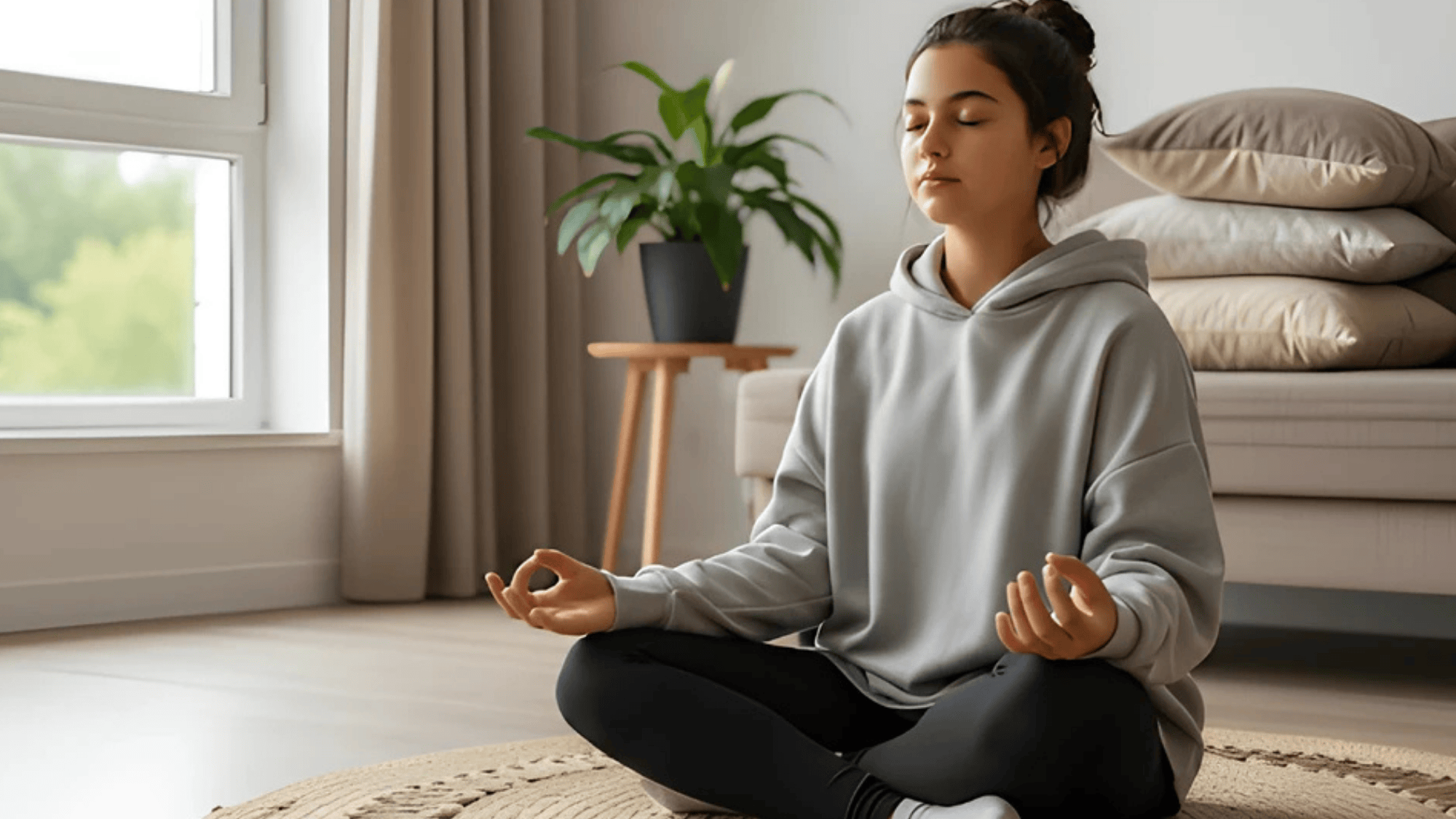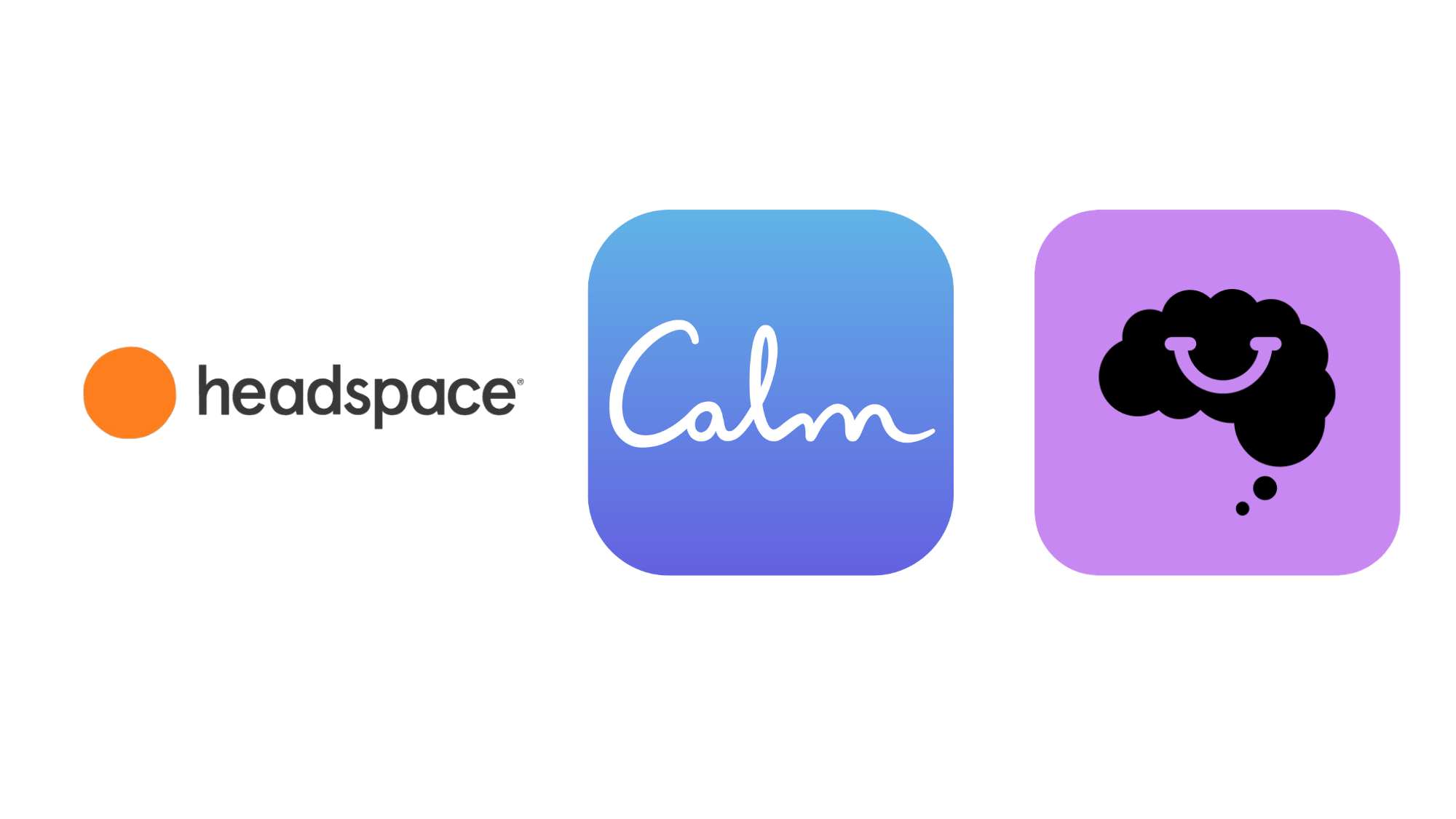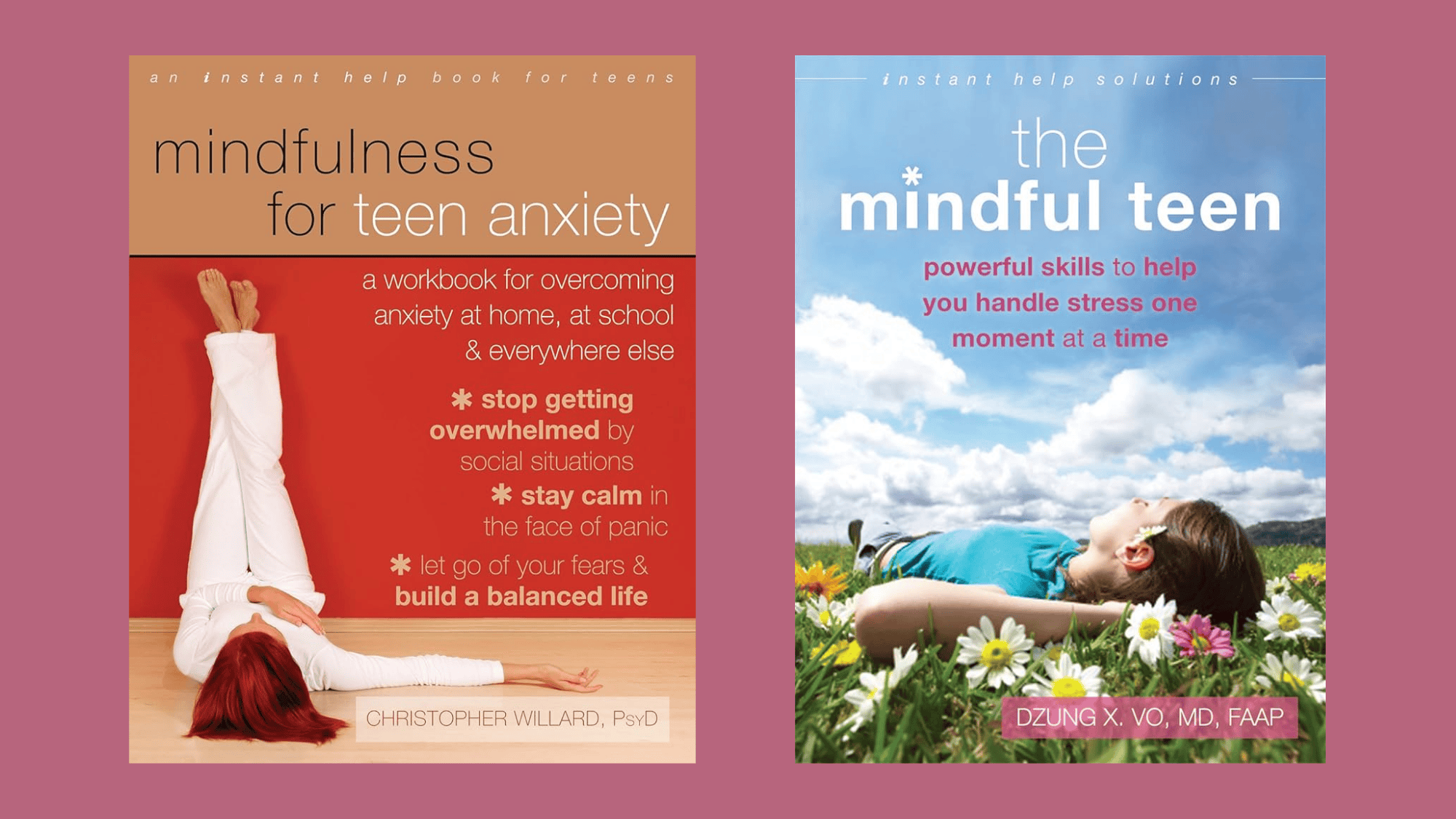The teen years can be exciting, but they also bring a lot of stress, schoolwork, friendships, family expectations, and the constant buzz of technology.
As a parent, it can be challenging to know how to support your teenager in finding balance, which is why I believe mindfulness is such a valuable tool for them.
Mindfulness simply means paying attention to the present moment with kindness, instead of getting lost in worries or distractions.
It doesn’t require special equipment or hours of practice, just simple exercises that fit into everyday life.
In this blog, I will guide you through mindfulness exercises and activities for teens that are easy, practical, and supportive.
These small steps can make a big difference in focus, confidence, and emotional balance.
Easy Mindfulness Activities for Your Teen
Mindfulness doesn’t have to be long or difficult. Even short moments can help your teen feel calmer and more present. Here are some quick ideas you can try together or encourage them to do on their own.
Quick Mindful Ideas

These simple practices take only a few minutes, making them perfect for busy teens who need quick ways to pause, reset, and feel calmer.
1. Deep Breathing (Box Breathing)
Breathing exercises are a classic mindfulness tool because they work almost anywhere. With box breathing, your teen inhales for four counts, holds for four, exhales for four, and pauses for four.
This rhythm naturally slows the body and mind. It’s especially helpful before exams, performances, or moments when they’re feeling anxious or overwhelmed.
2. 5-4-3-2-1 Grounding Exercise
This activity is perfect for anxious thoughts. Ask your teen to notice:
- 5 things they can see
- 4 things they can touch
- 3 things they can hear
- 2 things they can smell
- 1 thing they can taste
By shifting their focus to the senses, they step away from racing thoughts and back into the present moment.
3. Mindful Walking
Even a short walk around the block can become a mindful experience.
Encourage your teen to notice each step, the pressure of their feet against the ground, the rhythm of their breath, and the environment around them, like birds, rustling leaves, or passing cars.
This simple exercise turns an ordinary walk into a calming reset, especially after a busy school day.
4. Heartbeat Check-In
This practice helps teens connect with their bodies. Ask them to place one hand over their chest, close their eyes, and feel the beat of their heart.
As they breathe slowly, they’ll notice the rhythm changing. This quiet moment teaches them to self-soothe and tune in to how stress or calm shows up physically.
Structured Mindfulness Practices for Teens

Some teens enjoy mindfulness routines that are a little more guided. These practices promote consistency and can easily be incorporated into everyday life.
5. Body Scan Meditation
Have your teen lie down comfortably and close their eyes. Starting from the top of the head, they slowly notice each body part: forehead, shoulders, chest, legs, and down to the toes.
This gentle awareness helps release tension and teaches them to recognize where stress manifests physically, fostering both relaxation and self-awareness.
6. Mindful Journaling
Encourage your teen to take 5 minutes daily to write down their thoughts. Prompts like “What went well today?” or “What emotion am I noticing most?” make it simple. Journaling builds clarity and gratitude.
| Journaling Prompt | Benefit |
|---|---|
| “One thing I’m grateful for today is…” | Encourages positivity |
| “Right now, I feel…” | Builds emotional awareness |
| “One small win I had today…” | Boosts confidence |
7. Mindful Coloring or Doodling
Creative activities like coloring, sketching, or doodling can become mindfulness in action. The goal isn’t a “perfect picture” but focusing on the flow of the pencil, the colors chosen, and the act of creating.
This screen-free activity provides a calming rhythm and helps teens unwind after long school days or extended periods of online time.
8. Mindful Stretching
Gentle stretching can also serve as a form of mindfulness when attention is focused on the body.
Ask your teen to move slowly through a few stretches, such as reaching arms overhead, rolling their shoulders, or bending forward, and notice the sensations in their muscles and breath.
This practice helps release built-up tension while teaching awareness of how the body feels in the moment.
Creative & Fun Mindfulness Activities for Teens

Mindfulness doesn’t always need to look like meditation. Many teens connect better when it’s woven into creative outlets or fun hobbies. These activities feel less like “practice” and more like everyday enjoyment.
9. Mindful Music Listening
Ask your teen to put on a favorite calming song and really listen. They can notice the beat, instruments, lyrics, or even how the music makes them feel.
This simple practice shifts their focus from background noise to present-moment awareness, turning music into a calming reset tool.
10. Art & Craft Mindfulness
Creative expression can be deeply grounding. Encourage activities like:
- Painting or drawing (focus on brush strokes or lines)
- Working with clay (notice texture and movement)
- Making collages (mindful cutting and arranging)
When teens slow down and notice the details, art becomes a way to de-stress and stay present.
11. Mindful Sports or Dance
Physical movement can double as mindfulness when attention is placed on the body.
Whether it’s yoga, basketball, or dance, guide your teen to notice their breathing, the movement of their muscles, or the rhythm of their steps.
Even a few mindful stretches after school can help calm the body and release built-up stress.
12. Mindful Eating
Eating slowly helps teens connect with their senses. Ask them to take a single bite and notice:
| Sense | Focus Example |
|---|---|
| Sight | The colors and shapes of food |
| Smell | The aroma before eating |
| Taste | Flavors as they chew slowly |
| Texture | Crunchy, soft, smooth, or chewy |
By savoring each bite, even a snack can become a mindful moment, rather than a rushed eating experience.
Outdoor & Nature-Based Mindfulness

Being outside naturally calms the mind. These activities give teens a chance to unplug, recharge, and notice the world beyond their screens.
13. Nature Walks
Walking outside can become a mindfulness practice when attention is on the senses. Encourage your teen to notice:
- The rhythm of their steps
- Sounds of birds, leaves, or traffic
- Different textures (grass, pavement, dirt)
This transforms an ordinary walk into a calming reset.
14. Garden Meditation
Invite your teen to sit in a garden or park and just observe. They might notice sunlight on their skin, the smell of flowers, or the way leaves move in the breeze.
A few quiet minutes in nature can feel like a reset button for the brain.
15. Water-Based Mindfulness
Water has a naturally soothing effect. Whether it’s a pond, fountain, or ocean, guide your teen to notice:
| Focus Area | Example |
|---|---|
| Sight | Ripples or waves are moving |
| Sound | Flowing water or splashes |
| Touch | Coolness if they dip a hand or foot |
Even listening to rain can create a mindful pause.
16. Sky Watching
Have your teen lie back and look at the sky, day or night. Watching clouds drift, noticing the colors at sunset, or spotting stars helps shift their focus outward.
This simple practice encourages wonder and relaxation, making it a peaceful end to the day.
Group & Social Mindfulness Activities

Mindfulness can also be practiced with others. Group activities not only help teens connect with themselves but also build empathy, patience, and stronger relationships.
17. Mindfulness Games
Simple games bring fun into mindfulness. Examples include:
- “Pass the Bell”: Quietly pass an object without making a sound.
- Mindful Listening Circle: One person speaks for a minute while others just listen.
These games teach focus and respect while keeping the activity lighthearted.
18. Gratitude Circles
Gather as a family or group of friends and take turns sharing one thing you’re grateful for. It could be as small as “my favorite snack” or as big as “having supportive friends.” Sharing out loud boosts positivity and strengthens bonds.
19. Partner Breathing
Have two teens (or a parent and a teen) sit back-to-back. As they breathe, they try to synchronize their rhythm—inhaling and exhaling together.
This calming practice fosters connection, patience, and a sense of calm that feels shared rather than solitary.
20. Group Check-Ins
Quick group reflections can be powerful. At the dinner table or in a classroom, invite everyone to answer:
| Prompt | Example |
|---|---|
| “One word that describes my mood is…” | tired, happy, nervous |
| “One highlight of my day was…” | a funny joke from a friend |
| “Something I need right now is…” | quiet, water, encouragement |
These mindful conversations promote openness and emotional awareness.
Why Mindfulness Matters: Benefits for Teens
The teenage years bring new pressures, and mindfulness provides a way for them to pause and reset.
It’s not about sitting in silence for hours, but about learning small habits that help them handle stress, focus better, and feel more balanced.
1. Lower Stress and Anxiety
Mindfulness teaches teens to notice their thoughts without getting stuck in them.
For example, before a big test, a teen might practice deep breathing for a few minutes instead of spiraling into “what if” worries. This helps calm the body and reduce anxious feelings.
2. Better Focus and Concentration
With constant notifications and distractions, it’s easy to lose focus. Mindfulness practices like short breathing breaks or guided meditations can train the brain to stay present.
A teen who takes 2 minutes to reset before starting homework often finds it easier to finish without drifting off to their phone.
3. Improved Sleep Quality
Teens often struggle with racing thoughts at night. A simple bedtime mindfulness routine, like noticing their breath or listening to a calming audio, can help quiet the mind.
This makes it easier to fall asleep and wake up feeling rested for school.
4. Stronger Emotional Regulation
Mindfulness helps teens notice emotions before reacting. Over time, this skill builds healthier relationships.
For instance, instead of snapping at a friend during an argument, a mindful teen might pause, take a breath, and choose calmer words.
5. Greater Confidence and Resilience
By practicing mindfulness, teens learn that thoughts and feelings are temporary. This perspective helps them bounce back after setbacks, like a bad grade or a sports loss.
Instead of feeling “stuck” in failure, they can reset and move forward with more confidence.
Tips for Making Mindfulness a Habit
Getting teens to practice mindfulness regularly can be challenging, but small steps make it easier. Here are a few ways to help mindfulness become part of everyday life:
- Start Small: Begin with just 2–3 minutes at first, so it feels manageable.
- Create a Calm Space: A cushion, plant, or soft lighting can signal a spot for slowing down.
- Pair with Routines: Connect mindfulness to daily habits, such as brushing your teeth, taking homework breaks, or going to bed.
- Use Gentle Reminders: Sticky notes or phone alerts with words like “pause” or “breathe” work as prompts.
- Keep It Light: Praise effort, not perfection; wandering minds are a normal part of the process.
Mindfulness Resources for Teens & Parents
Mindfulness can be easier to practice with the right tools. These resources provide teens with extra support and guidance, making the practice more engaging.
1. Best Mindfulness Apps for Teens

Many apps include teen-specific programs that focus on managing stress, improving sleep, or finding focus before school or tests.
- Headspace: Beginner-friendly meditations, stress relief.
- Calm: Sleep support, relaxation guides.
- Smiling Mind: Teen-specific programs for focus and balance.
2. YouTube Channels & Guided Videos
Free videos from channels like Great Meditation, Therapy in a Nutshell, or Headspace’s YouTube library provide short practices teens can follow along with.
Many are under 10 minutes, making them easy to fit into a busy day.
3. Recommended Books & Workbooks

Books such as “Mindfulness for Teen Anxiety” by Christopher Willard or workbooks like “The Mindful Teen” by Dzung Vo give step-by-step exercises and relatable examples.
These resources help teens deepen their understanding and maintain consistent practices.
Wrapping Up
Mindfulness doesn’t need to be complicated or time-consuming to help your teen.
Even a few minutes of focused breathing, a mindful walk, or a gratitude circle can make a real difference in how they manage stress, stay focused, and handle emotions.
As a parent, your role is simply to create space, offer encouragement, and remind them that it’s okay to take a break and slow down. Small, consistent steps can add up to big changes in confidence and well-being.
Which mindfulness activity are you planning to try with your teen first? Share your experience or any questions in the comments below; we’d love to hear how it goes and support your family’s mindfulness practice!





